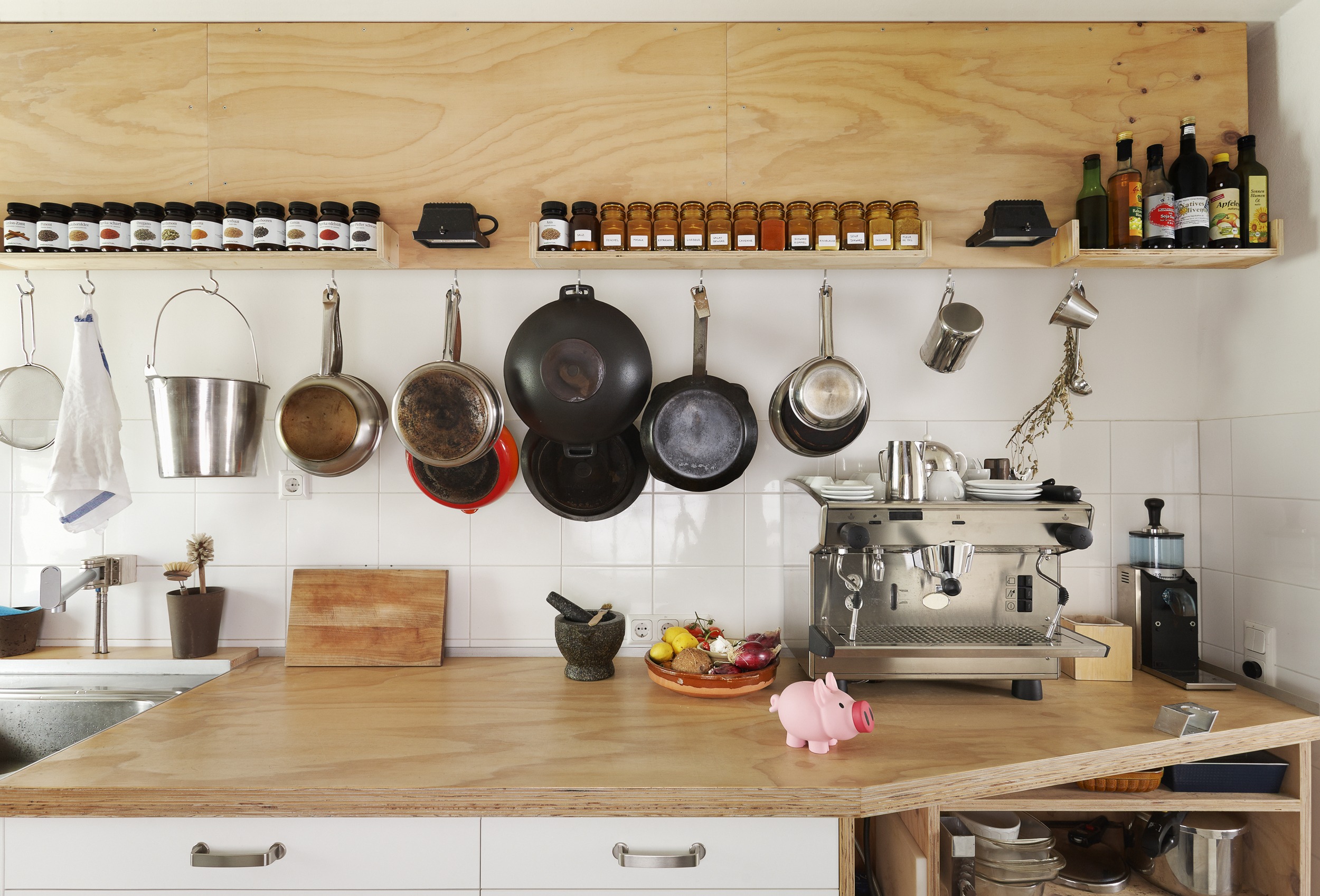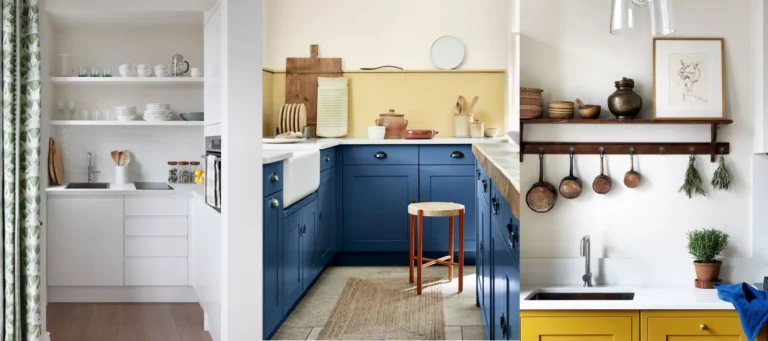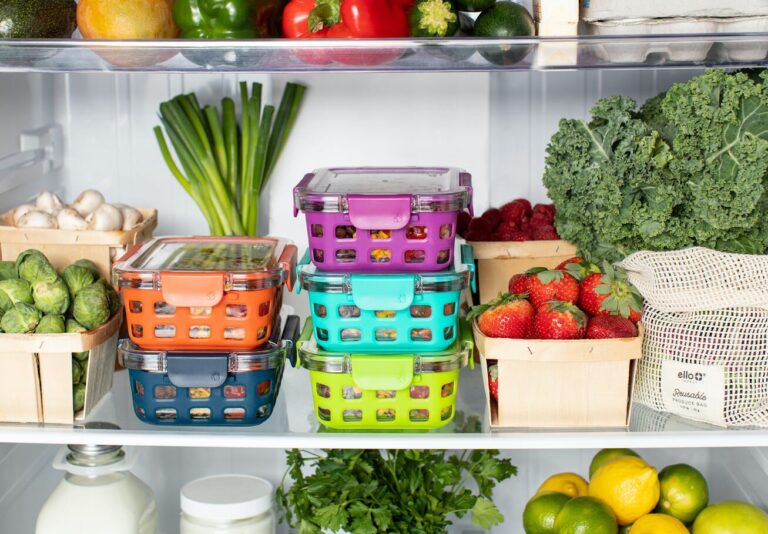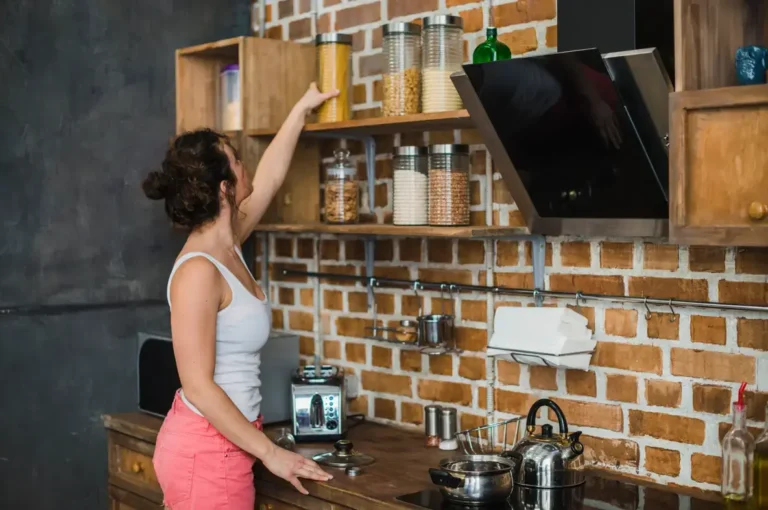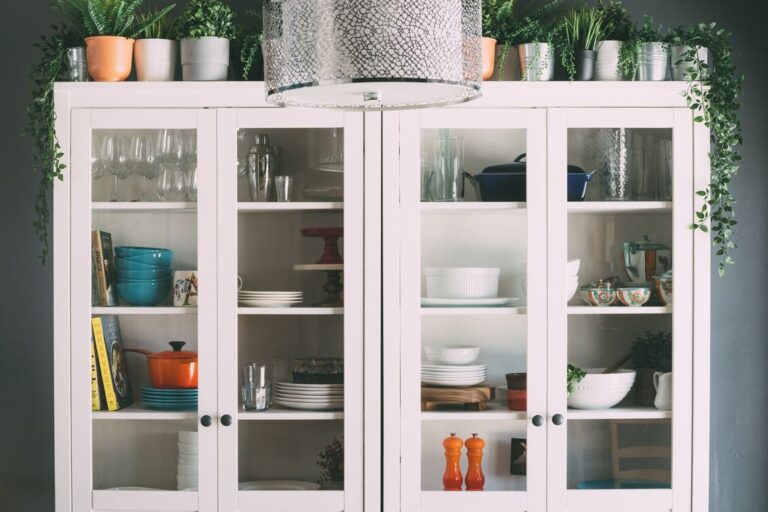5 Good Practices to Keep Your Kitchen Tidy While Cooking
Cooking is a fantastic way to spend your free time or bond with family and friends. However, doing so can create quite a mess in your kitchen. Whether it’s oil splatters, spilled ingredients, or dirty dishes, it can be frustrating to have to clean up after preparing a delicious meal. Luckily, there are many good practices you can adopt to keep your kitchen tidy while cooking. In this blog post, we’ll discuss some of the best tips and tricks for keeping your kitchen neat and organized while whipping up culinary delights. So, let’s get started!
1. Start with a clean kitchen
Good kitchen hygiene is crucial for both safety and enjoyment while cooking. Starting with a clean kitchen is vital to achieving this goal. Our kitchen expert suggests emptying the dishwasher and dish drainer, washing the dishes, and putting away all utensils and appliances before starting cooking. It’s also a good idea to wipe down all countertops and other surfaces with a disinfectant cleaner. This first step not only makes it easier to cook efficiently but also ensures that the kitchen is free of bacteria and germs that can contaminate food. Keeping a clean kitchen is an ongoing process that requires discipline and commitment to maintaining a hygienic environment. By following these simple steps, you can ensure that your kitchen is always clean, and your food stays healthy and delicious.
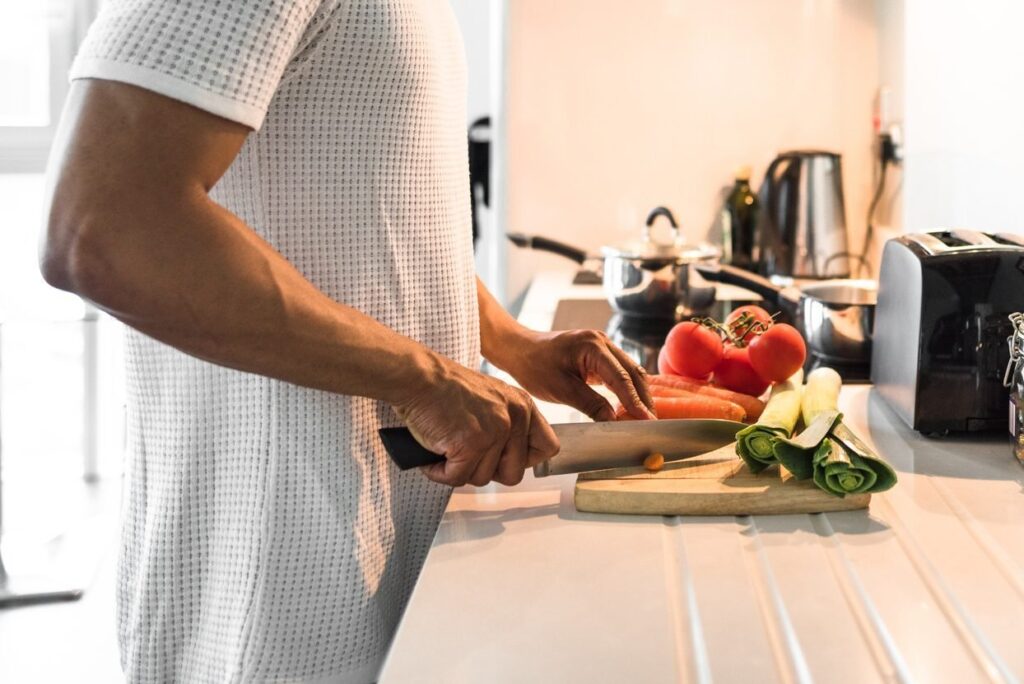
2. Keep your sink clean
Once you’ve started with a clean kitchen, it’s important to keep your sink clean during cooking. This involves ensuring that you never set dirty utensils on the counter, regularly scrubbing your faucet and any sponge holders or soap dishes, and rinsing everything. By leaving one side of the sink empty for washing, you can prevent any cross-contamination. It’s also essential to wash your hands often, especially if you’re handling raw meats or poultry. You can wipe down kitchen surfaces with either paper towels or clean cloth towels, washing them often in the hot cycle of your washing machine. Remember that a clean sink is a great indicator of the overall hygiene in your kitchen. Therefore, keeping it clean is a top priority. Lastly, it’s advisable to use dish soap or natural cleaners like baking soda and vinegar, coupled with a good scrub brush, to ensure that germs stay at bay.
3. Clear counters and wipe them clean
To maintain a tidy and organized kitchen, it’s essential to clear the counters of any clutter and wipe them clean regularly. This not only creates a clean and inviting space, but it also helps to prevent the spread of germs and bacteria. By following these simple steps, a busy home cook can maintain a clean and clutter-free workspace that’s conducive to preparing delicious meals for themselves and their family.
4. Clean up spills immediately
When cooking, spills and accidents are bound to happen. It’s important to clean up spills immediately to prevent any potential hazards and to keep your kitchen tidy. Keeping a roll of absorbent kitchen paper handy can help quickly mop up any spills. Additionally, having clean cloths and paper towels on hand can also make cleaning up spills a breeze. By cleaning up spills immediately, you can avoid any potential injuries from slipping as well as the spread of bacteria. This, coupled with regularly cleaning and wiping down kitchen surfaces, will ensure a clean and safe cooking environment.
5. Have a designated spot for each item in the kitchen
To keep a kitchen tidy while cooking, it’s important to have a designated spot for each item in the kitchen. This can help to prevent clutter and confusion when preparing meals. As mentioned in earlier sections, clear off countertops and keep dirty utensils off the counter. Have a specific place where dirty utensils can be set aside until they’re ready to be cleaned. Having shelves situated in the middle of the room also allows for easy access and rotation of items, further aiding in the cleanliness and order of the kitchen. By implementing good housekeeping practices, such as having a designated spot for each item, the kitchen can remain a functional and enjoyable space to cook in.

